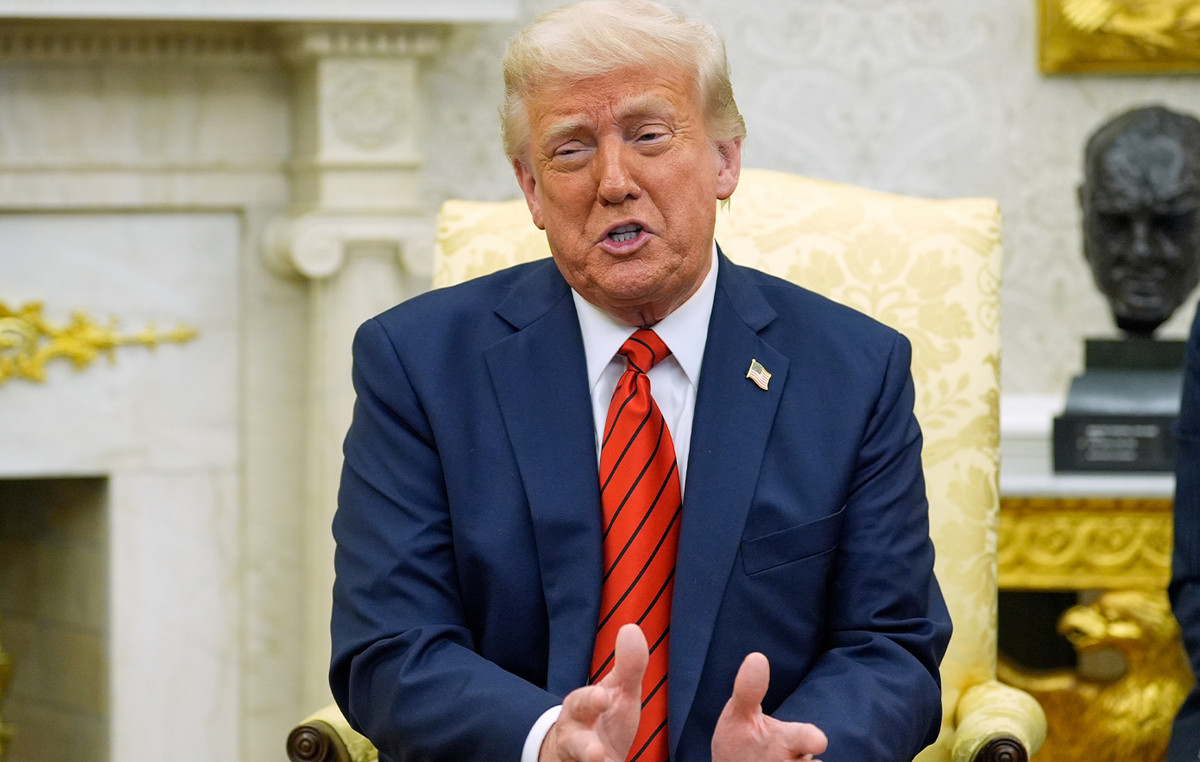- The Mexican peso stops its advance against the US dollar, and the USD/MXN pair rebounds from recent lows despite the general weakness of the Dollar.
- Banxico officials hint at less restrictive monetary policy, although they suggest gradual rate cuts.
- Encouraging US economic data and Federal Reserve officials’ resistance to an early rate cut fueled the USD/MXN bullish move.
The recovery of Mexican peso (MXN) stagnates in front of American dollar (USD), while the United States (US) stock market is in a state of risk aversion, even though investors are pricing in Federal Reserve (Fed) rate cuts for the first half of 2024 Despite the fall of the Dollar (USD), the USD/MXN pair failed to extend the bearish movement after updating two-month lows at 17.18. The pair is trading around 17.24, with a slight rise of 0.07%.
Mexico’s economic agenda remained thin, although comments from Bank of Mexico (Banxico) officials suggest monetary policy would be less restrictive next year. Banxico’s deputy governor, Jonathan, stated that, despite cutting rates “gradually”, monetary policy will remain restrictive. Governor Victoria Rodríguez Ceja said that monetary policy would be adjusted based on “macroeconomic conditions”, ruling out a cut in the remainder of 2023.
On the US front, encouraging US economic data and Federal Reserve officials opposing interest rate cuts supported the USD/MXN pair.
Daily summary: The Mexican peso slows its advance after chaining five consecutive days of gains
- US building permits in October were 1.487 million, a jump of 1.1%, beating estimates of 1.45 million.
- US housing starts for October rose 1.9% to 1.37 million, the highest number in three months, above forecasts of 1.35 million.
- On Friday, San Francisco Fed President Mary Daly stated that the Fed is not confident that inflation is on track to reach 2%, and that it is too early to declare victory over inflation. Fed Governor Michael Barr said the Fed is probably at or near the maximum needed for interest rates.
- U.S. economic data on Thursday suggests the economy is slowing, as the Federal Reserve expected, after Industrial Production plunged in October, while jobless claims have seen the biggest increase. Since August.
- October’s Producer Price Index and Consumer Price Index reports suggest prices are cooling, increasing the likelihood of an end to the US Federal Reserve’s tightening cycle.
- Interest rate swap traders expect 100 basis points of rate cuts from the Fed in 2024.
- Banxico Deputy Governor Jonathan Heath said the Governing Board continues to monitor real rates, which currently sit around 7%.
- Heath said Banxico would not be dependent on other countries – Banxico typically reacts to decisions by the US Federal Reserve – and said they would depend on incoming data and how inflation expectations evolve.
- On Monday, Banxico Governor Victoria Rodríguez Ceja commented that the easing of inflationary prospects could pave the way to discuss possible rate cuts. She stated that the easing of monetary policy could be gradual, but would not necessarily involve continued rate cuts, adding that the board would consider macroeconomic conditions, taking a data-dependent approach.
- The latest report on inflation in Mexico, published on November 9, showed that prices grew 4.26% year-on-year in October, below forecasts of 4.28% and the previous rate of 4.45%. In monthly terms, inflation stood at 0.39%, slightly above the consensus of 0.38% and 0.44% in September.
- Mexico’s economy remains resilient after S&P Global’s October manufacturing PMI improved to 52.1 from 49.8, and gross domestic product (GDP) expanded 3.3% year-over-year in the third quarter.
- Banxico revised its inflation forecasts from 3.50% to 3.87% for 2024, which remains above the central bank’s target of 3.00% (plus or minus 1%).
Technical Analysis: Mexican Peso on Mission to Strengthen Further as USD/MXN Sellers Target 17.00
The daily chart of USD/MXN shows that the bearish trend remains intact, although a break above the 100-day SMA at 17.34 could pave the way towards 17.50. However, the break of the last printed cycle low on November 3 at 17.28 opens the door to further losses, with the next demand zone at 17.20, before 17.00.
On the opposite side, in case of a clear break of the key resistance levels at 17.34 and 17.50, USD/MXN could challenge the 200-day SMA at 17.63, ahead of the 50-day SMA at 17.69. Once overcome, the next resistance lies at the 20-day SMA at 17.87, before buyers push the spot price towards the 18.00 area.
Frequently Asked Questions about the Mexican Peso
What factors determine the price of the Mexican Peso?
The Mexican Peso (MXN) is the most traded currency among its Latin American peers. Its value is largely determined by the evolution of the Mexican economy, the policy of the country’s central bank, the volume of foreign investment in the country and even the levels of remittances sent by Mexicans living abroad, especially in the United States. Joined. Geopolitical trends can also move the MXN: for example, the process of nearshoring – or the decision by some companies to move manufacturing capacity and supply chains closer to their home countries – is also seen as a catalyst for the currency. Mexican, since the country is considered a key manufacturing center on the American continent. Another catalyst for the MXN is oil prices, as Mexico is a key exporter of this commodity.
How do Banxico’s decisions affect the Mexican peso?
The main objective of Mexico’s central bank, also known as Banxico, is to keep inflation at low and stable levels (at or near its target of 3%, the midpoint in a tolerance band between 2% and 4%. %). To do this, the bank sets an appropriate level of interest rates. When inflation is too high, Banxico tries to control it by raising interest rates, which makes borrowing more expensive for households and companies, thus cooling demand and the economy in general. Higher interest rates are generally positive for the Mexican Peso (MXN), as they translate into higher yields, making the country a more attractive place for investors. On the contrary, lower interest rates tend to weaken the MXN.
How do economic data influence the value of the Mexican Peso?
The publication of macroeconomic data is key to evaluating the state of the economy and can have an impact on the valuation of the Mexican Peso (MXN). A strong Mexican economy, based on high economic growth, low unemployment and high confidence is good for the MXN. Not only does it attract more foreign investment, but it may encourage the Bank of Mexico (Banxico) to raise interest rates, especially if this strength is accompanied by high inflation. However, if economic data is weak, the MXN is likely to depreciate.
How does general risk sentiment influence the Mexican Peso?
As an emerging market currency, the Mexican Peso (MXN) tends to strengthen during periods of risk appetite, or when investors perceive that broader market risks are low and are therefore willing to engage in investments that carry a higher risk. On the contrary, the MXN tends to weaken in times of market turmoil or economic uncertainty, as investors tend to sell riskier assets and flee to more stable havens.
Source: Fx Street
I am Joshua Winder, a senior-level journalist and editor at World Stock Market. I specialize in covering news related to the stock market and economic trends. With more than 8 years of experience in this field, I have become an expert in financial reporting.







